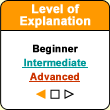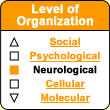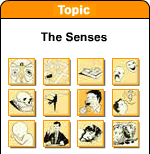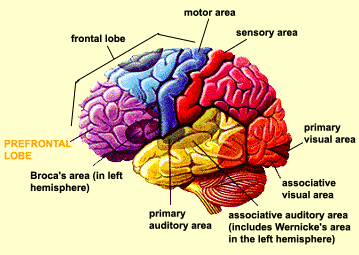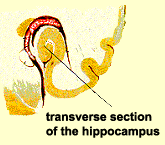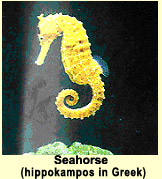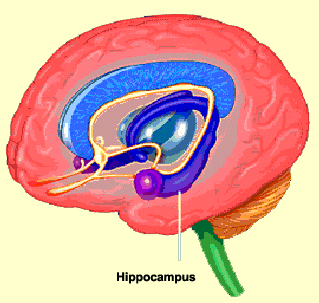|
|
| Funding for this site is provided by readers like you. | |
|
|
|
|
|||||
|
|
|||||||
|
|
|
|
|
|
|
|
In the course of a day, there are many times when you need to keep some piece of information in your head for just a few seconds. Maybe it is a number that you are “carrying over” to do a subtraction, or a persuasive argument that you are going to make as soon as the other person finishes talking. Either way, you are using your short-term memory. In fact, those are two very good examples of why you usually hold information in your short-term memory: to accomplish something that you have planned to do. Perhaps the most extreme example of short-term memory is a chess master who can explore several possible solutions mentally before choosing the one that will lead to checkmate. This ability to hold on to a piece of information temporarily in order to complete a task is specifically human. It causes certain regions of the brain to become very active, in particular the pre-frontal lobe.
Human memory is a complex phenomenon, however, and of course involves
other regions of the brain as well. |
|
||||||||||||||||||||||||||||||||||||||||||||||||||
|
Information is transferred from short-term memory (also known as working memory) to long-term memory through the hippocampus, so named because its shape resembles the curved tail of a seahorse (hippokampos in Greek). The hippocampus is a very old part of the cortex, evolutionarily, and is located in the inner fold of the temporal lobe.
But the hippocampus and the cortex are not the only structures involved in long-term memory and its various manifestations in the brain. |
| |
|
|
|
|
|
|
|
|

